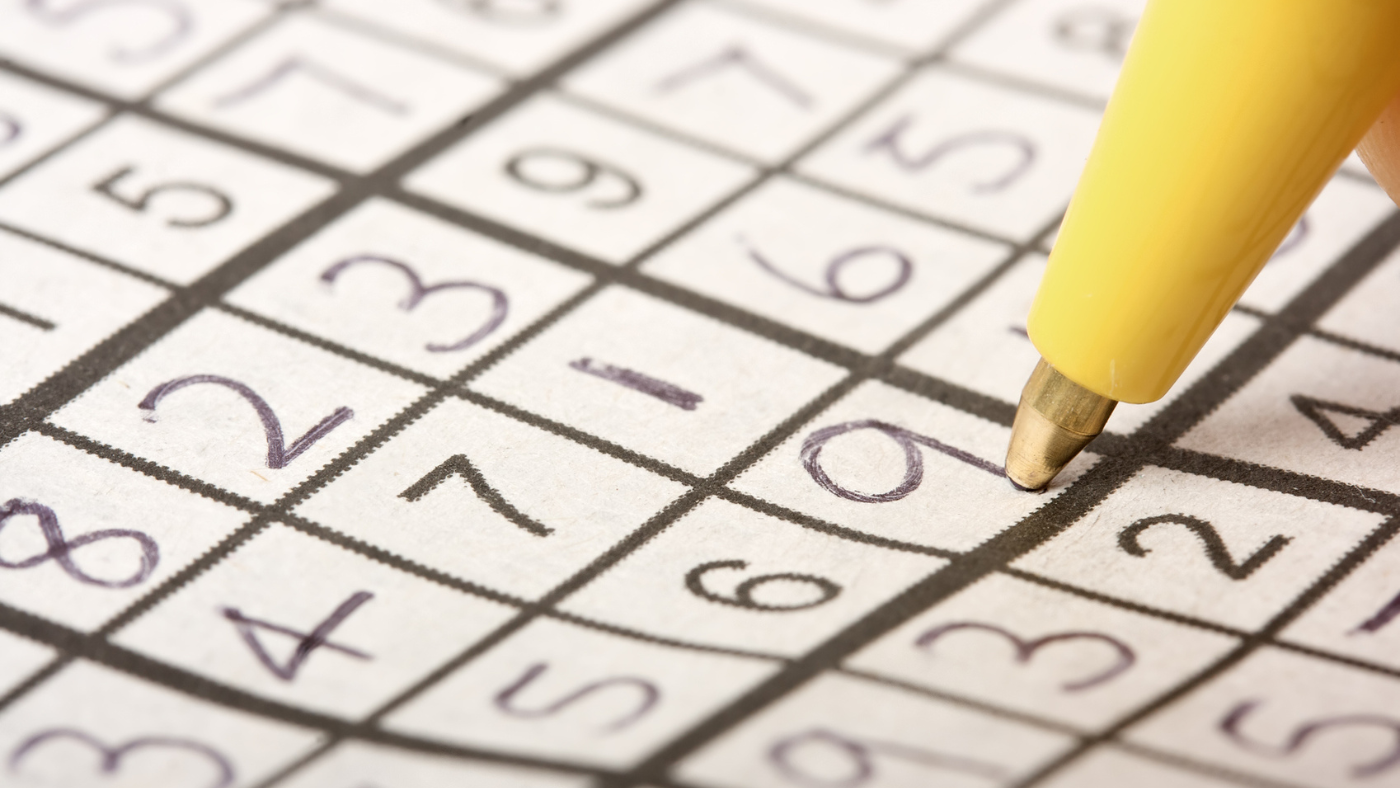Edward Burra – an 'electrifying' exhibition at Tate Britain
The collection offers a complex and 'ambivalent' experience
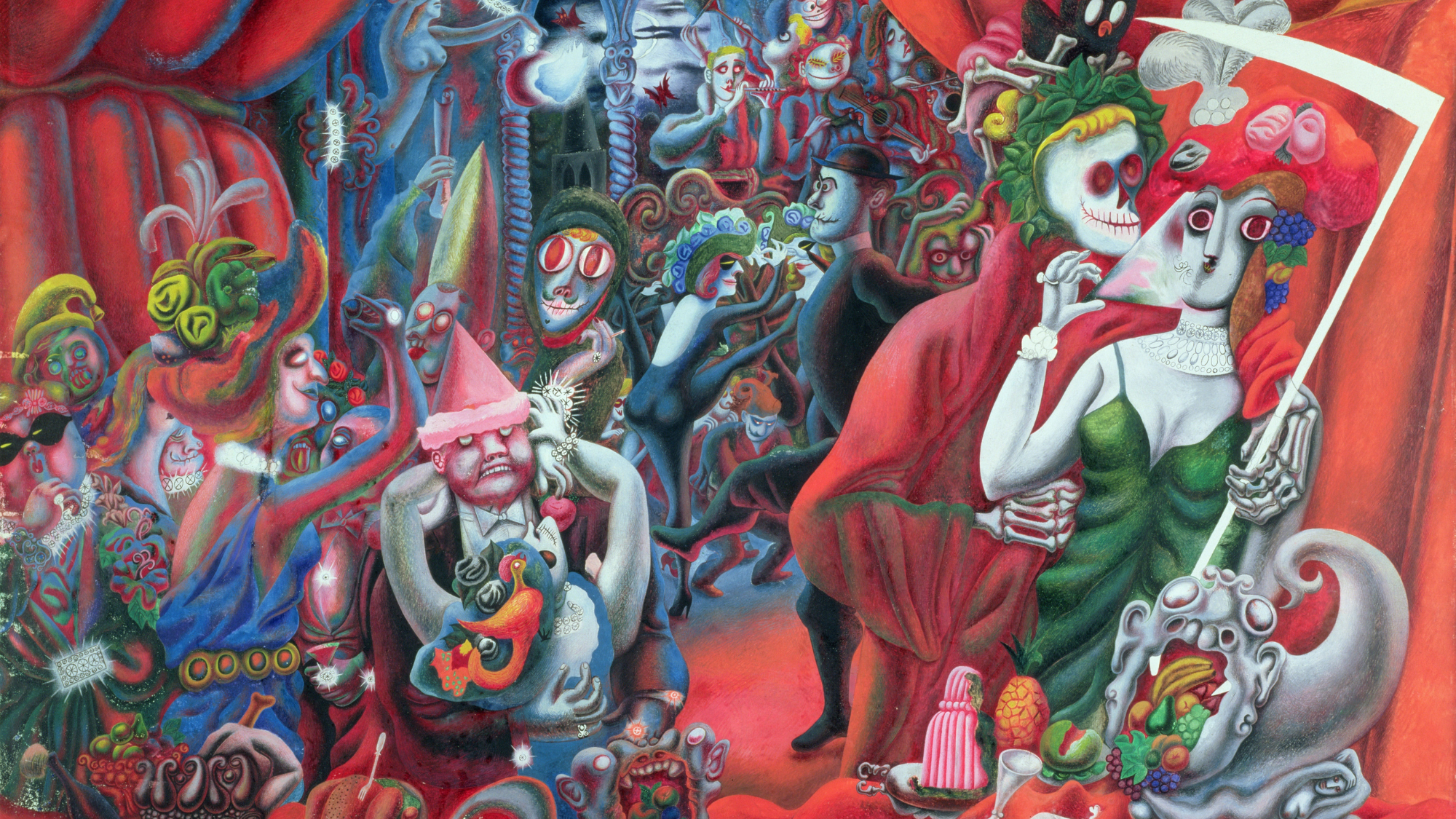
Edward Burra was a trailblazer, said Nancy Durrant in The Times. Whether painting the "Bright Young Things" of the 1920s, or scenes from the Spanish Civil War, Burra (1905- 1976) was "as acute an observer as any journalist", capturing all he saw in expressive, louche and bawdy scenes mostly painted from memory.
A notable "boozehound" and an obsessive jazz lover, he painted "pubs, clubs and cabarets", "shops, speakeasies and seedy streets". Born to a wealthy family in west London, he was disabled from childhood, suffering from chronic rheumatoid arthritis and anaemia; he spent most of his life with his parents in Rye, East Sussex.
Nevertheless, he travelled widely, recording everything with the same photographic eye for the low life – whether in London, Barcelona, Marseille or Harlem. This retrospective at Tate Britain, his first in London for 40 years, presents him as "one of the most distinctive yet overlooked artists of the 20th century". Bringing together dozens of pictures created throughout his career, it tells his story "through his travels and the art forms that influenced him".
The Week
Escape your echo chamber. Get the facts behind the news, plus analysis from multiple perspectives.

Sign up for The Week's Free Newsletters
From our morning news briefing to a weekly Good News Newsletter, get the best of The Week delivered directly to your inbox.
From our morning news briefing to a weekly Good News Newsletter, get the best of The Week delivered directly to your inbox.
Burra was "an odd, cussed, unique figure", said Jonathan Jones in The Guardian. Inspired equally by Hogarth and European modernism, he was a consummate social satirist. His 1929 picture "The Tea Shop", for instance, sees two "prudishly polite women" gazing back at us, somehow ignoring the fact that the waiting staff behind the counter are largely naked.
His pictures of nightlife in 1920s Paris are "wondrously hedonistic": he seems "amazed and delighted" by France's freedoms. Yet Burra was also a "reactionary": he sympathised with the fascist cause during Spain's Civil War. His "big, busy, booming watercolours" of the conflict treat it "as a gaudy spectacle" and parrot the Francoist propaganda line that the Republicans were destroying churches and killing the clergy. For some reason, the Tate never acknowledges this. Here, we get a sanitised version of the artist, supposedly a champion of "queer culture" – when his sexuality was "mysterious", and his art was complex and "ambivalent".
Burra's pictures are "electrifying" nonetheless, said Mark Hudson in The Independent. Wherever the artist roamed, his works captured "an atmosphere of tumultuous, slightly sinister hedonism", bolstered by meticulous details of any given social milieu.
"Savoy Ballroom, Harlem (1934), for example, documents his "sense of wonder" on visiting the centre of African-American life in New York, "without a trace of exoticising distance". Closer to home, we get suggestions of his (possibly) closeted sexuality: "Soldiers at Rye" (1941), for example, imagines the conscripts stationed in his hometown erupting into "a homoerotic bacchanal". Burra was "one of the great mavericks" of 20th century British art – and this show is a must.
Tate Britain, London SW1. Until 19 October
A free daily email with the biggest news stories of the day – and the best features from TheWeek.com
-
 Homes with great fireplaces
Homes with great fireplacesFeature Featuring a suspended fireplace in Washington and two-sided Parisian fireplace in Florida
-
 Film reviews: ‘The Secret Agent’ and ‘Zootopia 2’
Film reviews: ‘The Secret Agent’ and ‘Zootopia 2’Feature A Brazilian man living in a brutal era seeks answers and survival and Judy and Nick fight again for animal justice
-
 Wake Up Dead Man: ‘arch and witty’ Knives Out sequel
Wake Up Dead Man: ‘arch and witty’ Knives Out sequelThe Week Recommends Daniel Craig returns for the ‘excellent’ third instalment of the murder mystery film series
-
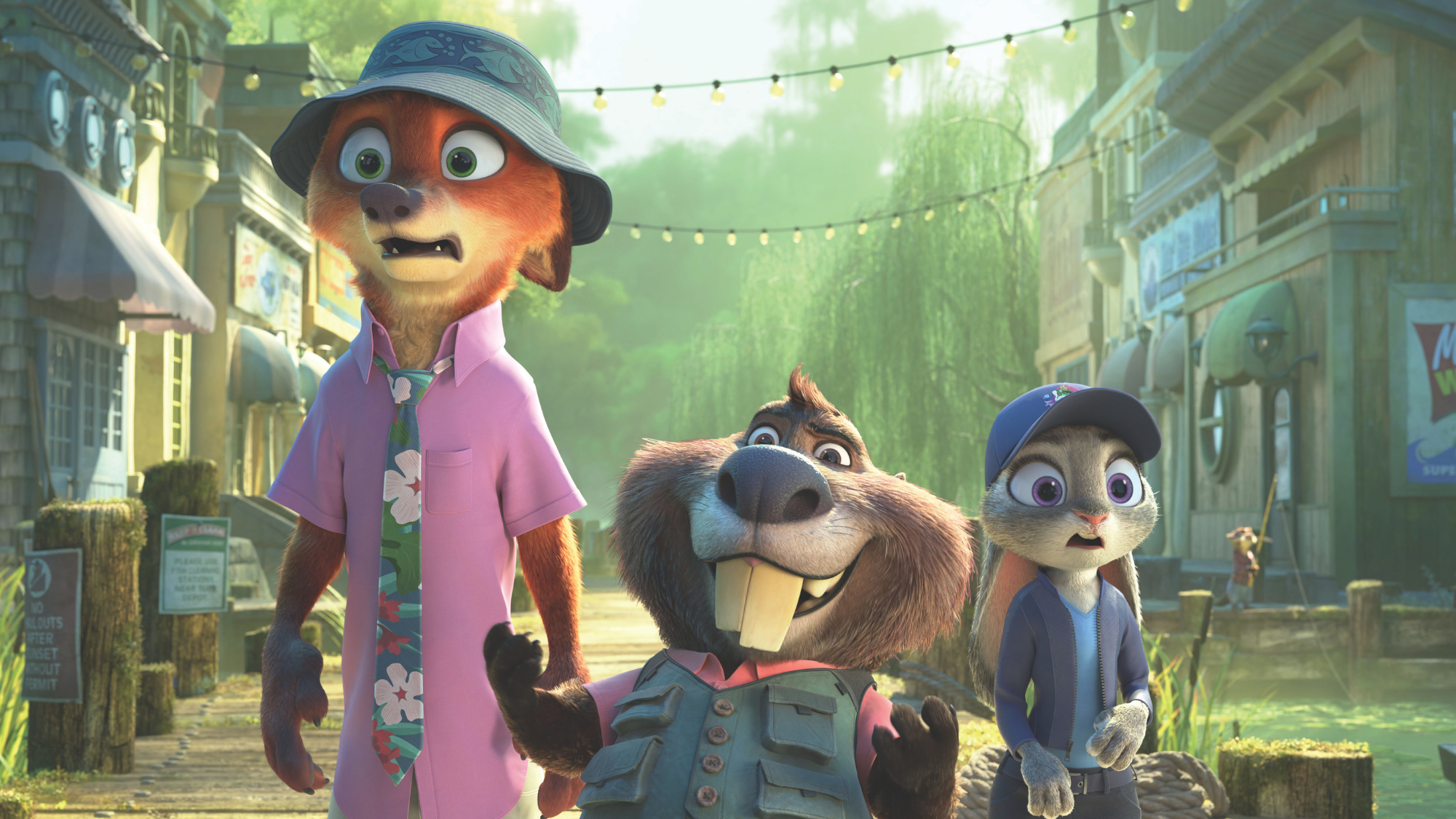 Zootropolis 2: a ‘perky and amusing’ movie
Zootropolis 2: a ‘perky and amusing’ movieThe Week Recommends The talking animals return in a family-friendly sequel
-
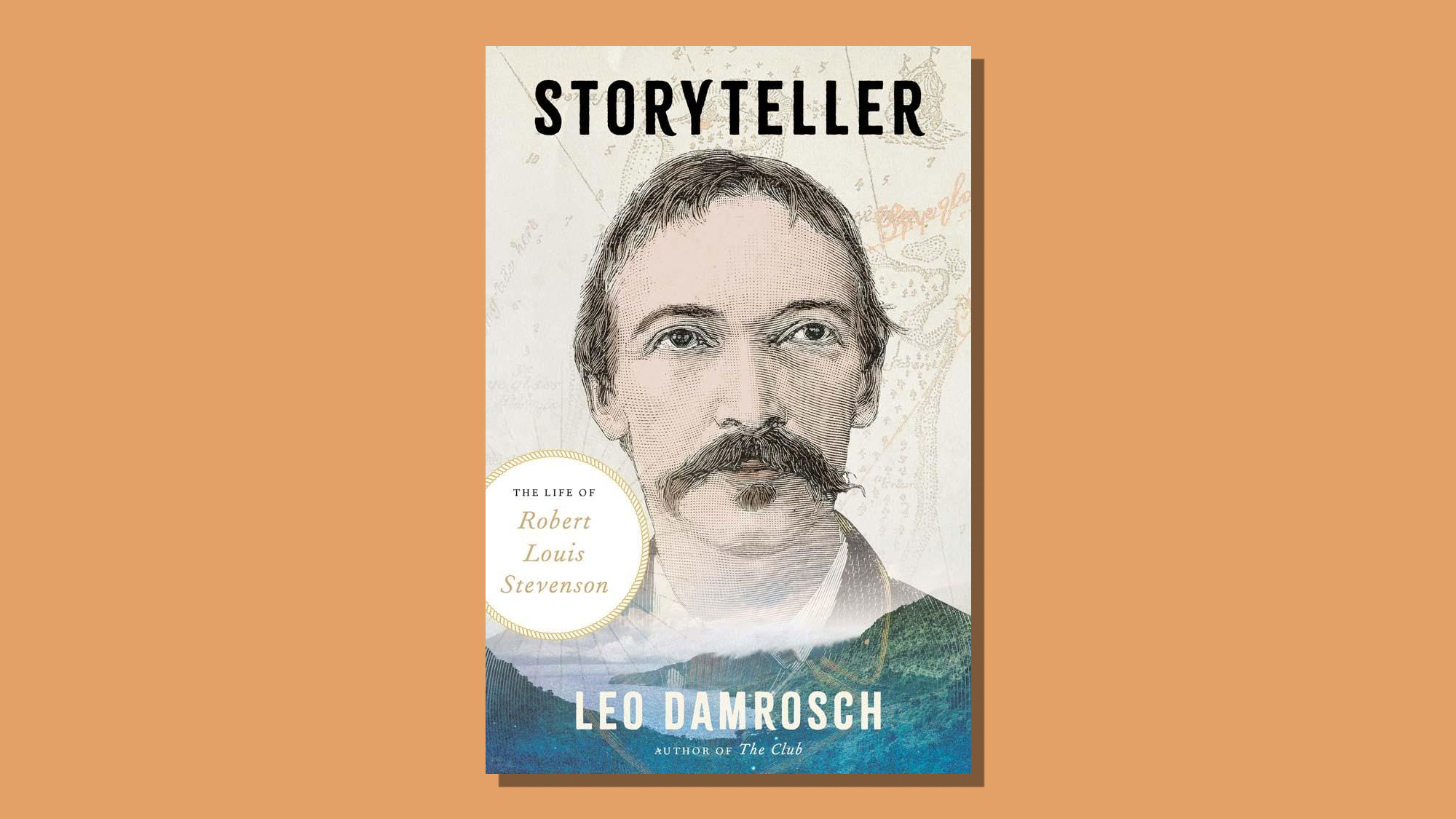 Storyteller: a ‘fitting tribute’ to Robert Louis Stevenson
Storyteller: a ‘fitting tribute’ to Robert Louis StevensonThe Week Recommends Leo Damrosch’s ‘valuable’ biography of the man behind Treasure Island
-
 The rapid-fire brilliance of Tom Stoppard
The rapid-fire brilliance of Tom StoppardIn the Spotlight The 88-year-old was a playwright of dazzling wit and complex ideas
-
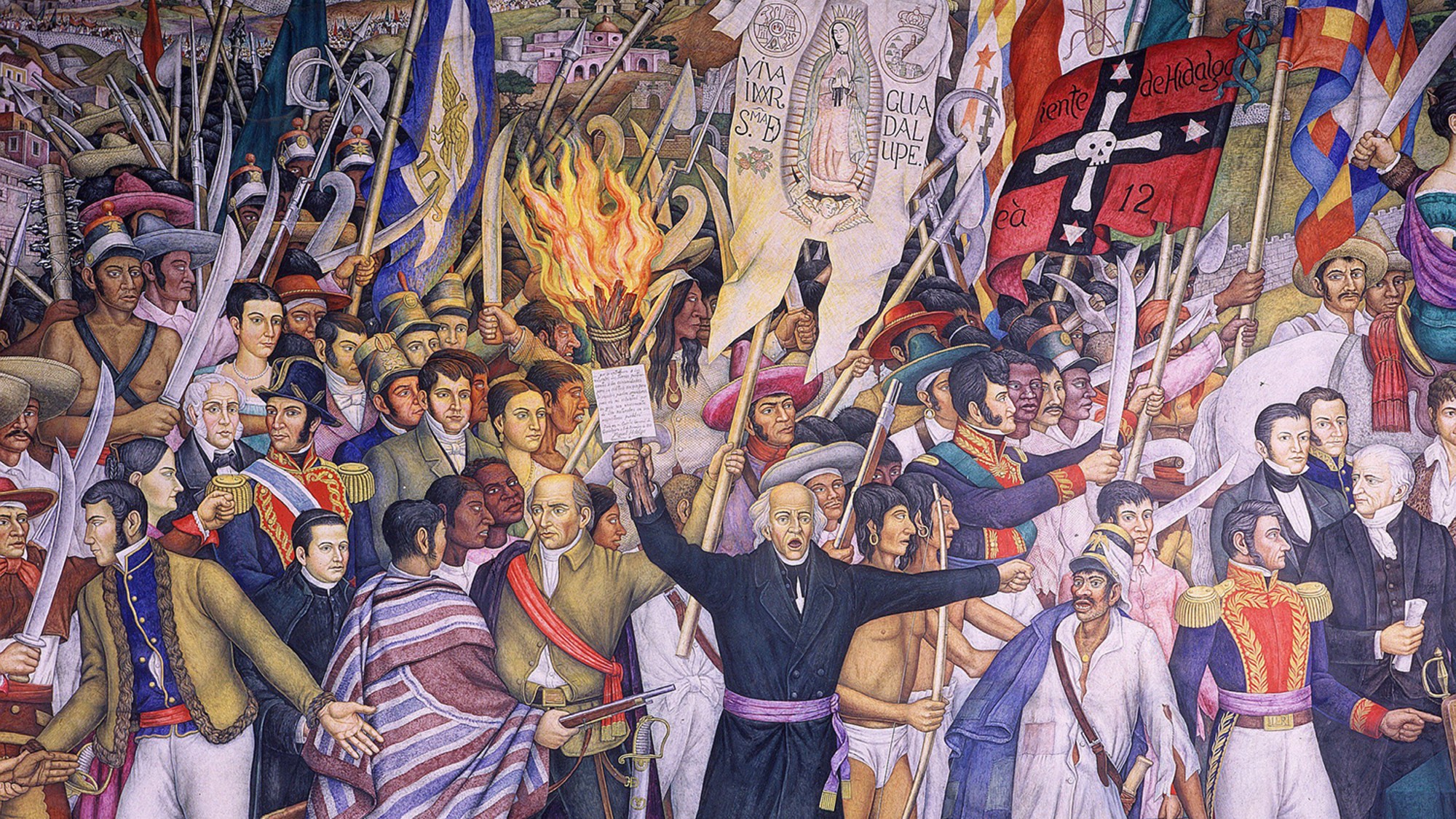 ‘Mexico: A 500-Year History’ by Paul Gillingham and ‘When Caesar Was King: How Sid Caesar Reinvented American Comedy’ by David Margolick
‘Mexico: A 500-Year History’ by Paul Gillingham and ‘When Caesar Was King: How Sid Caesar Reinvented American Comedy’ by David Margolickfeature A chronicle of Mexico’s shifts in power and how Sid Caesar shaped the early days of television
-
 Homes by renowned architects
Homes by renowned architectsFeature Featuring a Leonard Willeke Tudor Revival in Detroit and modern John Storyk design in Woodstock

